Latest News
September 23, 2010
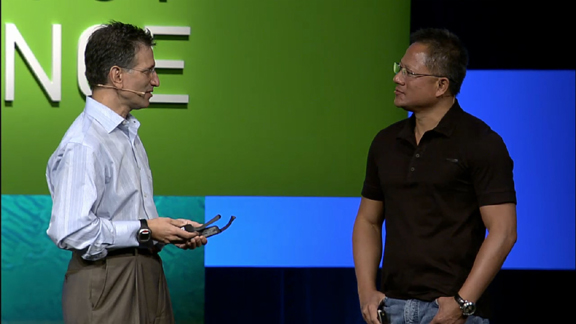
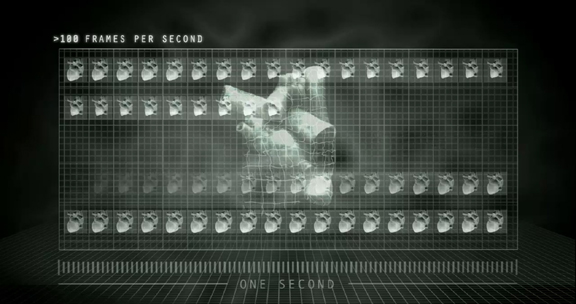
On Tuesday (September 21, 2010), NVIDIA cofounder, president, and CEO Jen-Hsun Huang took the stage at NVIDIA GPU Technology Conference (GTC 2010, San Jose Convention Center, California), donning his trademark black T-shirt. The company’s current GPU architecture, dubbed Fermi, represented a technological leap, he reminded us: “Fermi is six times faster than the previous generation.”
Packing as many as 896 cores on a single board (Quadro Plex 7000), it could justifiably be considered a supercomputer on a chip. Under Fermi, NVIDIA GPU performance reached 1.5 double-precision gigaGLOPS (DP GFLOPS) per watt, according to the company. Now, Huang revealed his ambitious roadmap for GPU, plotting the timeline between 2011 and 2013 with two new GPU architectures, dubbed Kepler and Maxwell.
Kepler, scheduled to debut in 2011, is expected to push GPU performance to 4-6 DP GFLOPS per watt; Maxwell, targeted for 2013, will push it up to 14-16 DP GFLOPS per watt.
The revelation of Kepler and Maxwell was preceded by a heart-stopping moment, quite literally. Minutes before, Huang was joined by Michael Black, chief of congenital heart program at California Pacific Medical Center, for a demonstration of motion-compensated heart surgery. (“The doctor from Star Trek [who] uses all kinds of robotic technologies,” as Huang imagined Black to be.)
Black has operated on patients as small as four-month-old babies. He prides himself on operating through small incisions using robotic devices. Motion compensation lets surgeons like Black perform surgery without disabling the patient’s heart because the robotic device can be synchronized to the rhythm of the patient’s heartbeat. In other words, the surgeon can treat the the beating heart as though it were motionless because its movements are in synced with the operating device’s motion.
Until very recently, the computation power required to process the incoming imagery of the beating heart (acquired at a high frame rate to ensure accuracy) to estimate the heart’s movement in real time wasn’t available or affordable, according to Rogerio Richa, a researcher from LIRMM, France.
With high-performance computing (HPC) becoming prevalent in research and science (“the third pillar of science,” as NVIDIA would like to call it), NVIDIA is also pushing GPU into the HPC market. The company targets consumers and gamers with its GeForce brand, mobile apps with Tegra, and professionals with Quadro. For the HPC market, it develops and offers Tesla GPUs.
“Scientists, researchers, and engineers around the world want to have access to HPC for their research. With CUDA, we’ve now made it more affordable,” said Huang.
NVIDIA has struck up a partnership with The Portland Group (PGI) , a supplier of HPC compilers, to develop a CUDA compiler for industry-standard general-purpose 64- and 32-bit x86 architectures. PGI plans to demonstrate it at Supercomputing Conference 2010 in November.
CUDA, NVIDIA’s programmable environment for GPUs, made it possible for many to develop applications that can take advantage of GPU’s parallel processing power. That means GPU is no longer confined to the graphics market, dominated by game developers, animators, and filmmakers; it can now reach into mechanical simulation, medical research, financial analysis, and other fields. This puts GPU on a collision course with CPU, and by extension its market leader Intel, which is also targeting the HPC market with its multicore CPUs currently available and many core CPUs still in development.
NVIDIA Tesla-enabled HPC systems are now available from IBM, T-Platforms, and Cray, among others. Application developers supporting GPU-based computation also appear to be growing. According to NVIDIA, in 2009, CUDA developer kit was downloaded approximately 293,000 times. This year, the number jumped to 668,000. Recent additions to the list of GPU-enabled software brands include MatLab‘s Parallel Computing Toolbox, ANSYS Mechanical R13, and Autodesk 3ds Max.
To watch Jen-Hsun Huang’s opening keynote, visit this link.
For more, read a report on 3dx Max’s adoption of mental images’ iray.
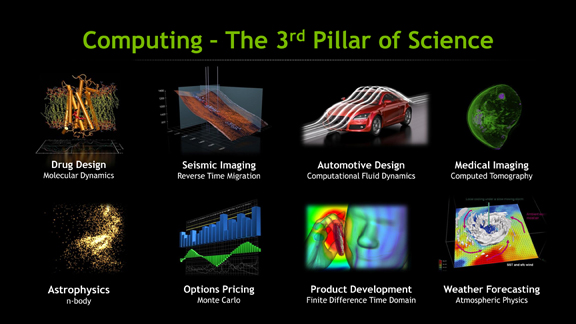
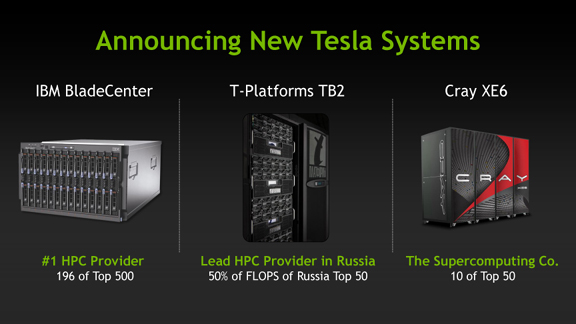
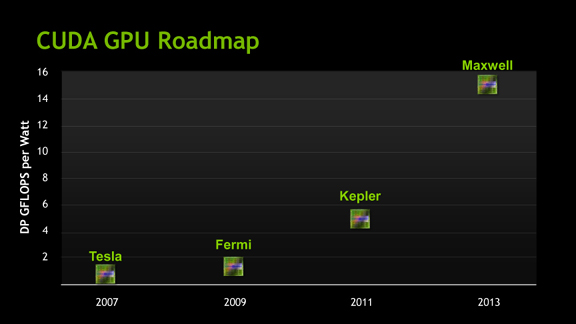
Subscribe to our FREE magazine, FREE email newsletters or both!
Latest News
About the Author
Kenneth Wong is Digital Engineering’s resident blogger and senior editor. Email him at [email protected] or share your thoughts on this article at digitaleng.news/facebook.
Follow DE





